PROJECT FRONTLINE Project Financing for a Subway Project in Toronto, Canada
While Japan’s railway industry boasts advanced technology, it faces fierce competition in winning orders overseas, especially in developed countries with mature markets. FURUYA Toshihiro and NIWA Hayato share the backstory of support for a Canadian subway project.
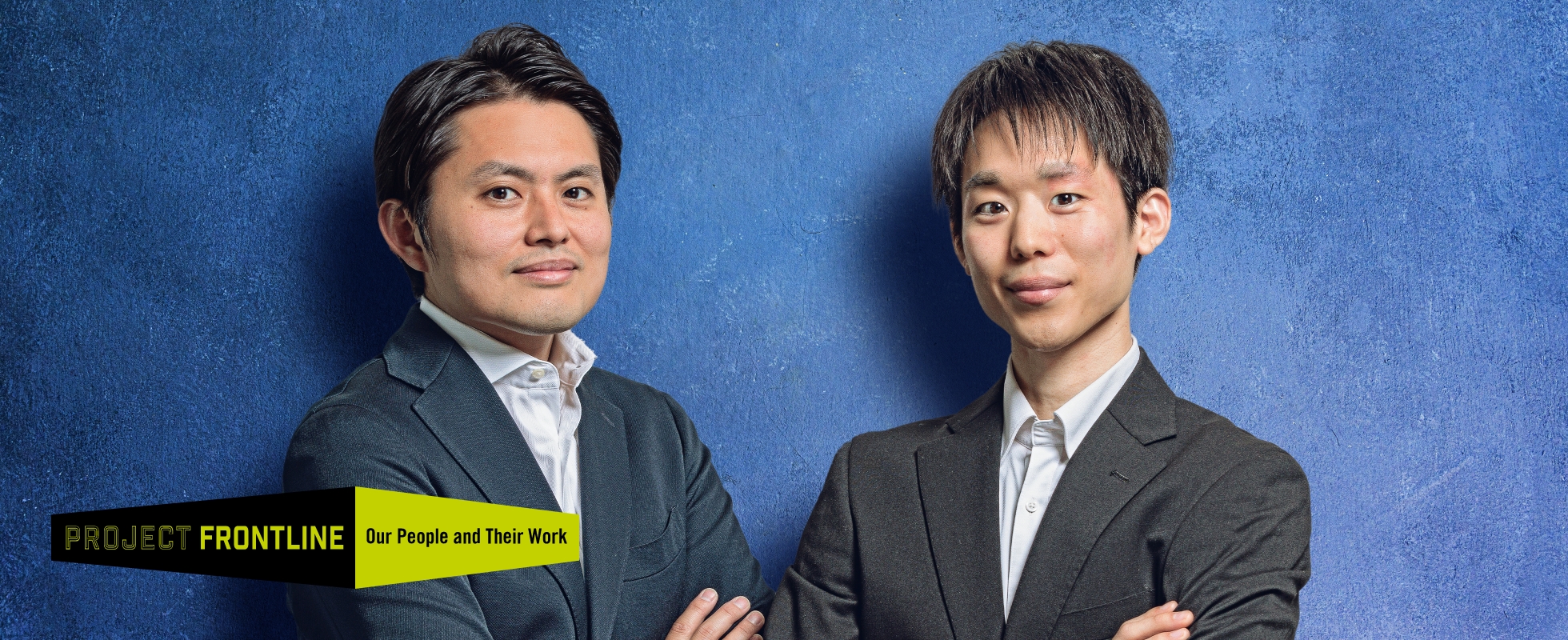
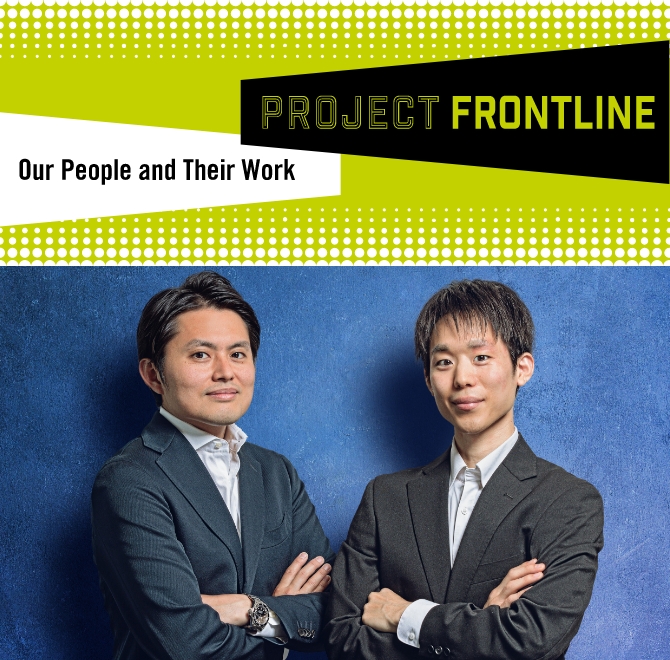
(left) Deputy Director Division 1
Social Infrastructure Finance Department
Infrastructure and Environment Finance Group
FURUYA Toshihiro Joined the bank in 2008. After assignments such as representative in Mexico City, and in departments including the Oil and Gas Finance Department, he is currently involved in social infrastructure projects centering on rail and urban transit, as well as operations in the U.S., Canada, and other countries. Graduated from Keio University, Faculty of Economics.
(right) Division 1
Social Infrastructure Finance Department
Infrastructure and Environment Finance Group
NIWA Hayato Joined the bank in 2021. Is involved in social infrastructure projects such as rail and urban transportation, MaaS, water supply facilities, and waste treatment. Graduated from the University of Tokyo, Graduate School of Engineering. Was a member of the volleyball club during his university years.
First loan to the railway industry in nearly a decade contributes to public transport and the environment
Japan’s Hitachi Rail is part of a consortium constructing a new subway line in Toronto, Ontario, the largest city in Canada, to meet growing transportation demand. JBIC co-financed this project with Japanese private financial institutions and others, supporting the deployment of Japan’s superb railway infrastructure technology across the world.

NIWA Hayato, Division 1, Social Infrastructure Finance Department, Infrastructure and Environment Finance Group
“The local government is totally committed to this project, and it seemed like it was on an accelerated time schedule,” says NIWA Hayato of the Social Infrastructure Finance Department, Infrastructure and Environment Finance Group, who was in charge of this project. “But thanks to this, in a short period of about a year, I was able to experience the entire process, from the initial talks between JBIC and the project stakeholders, to finalizing the loan agreement.”
Since structuring project finance (PF) for transportation infrastructure is usually a long-term undertaking, NIWA says that he was very fortunate to have been involved in the entire process in just his second year at the bank. The experience was all the more memorable because his research at graduate school concerned transportation infrastructure in developing countries.
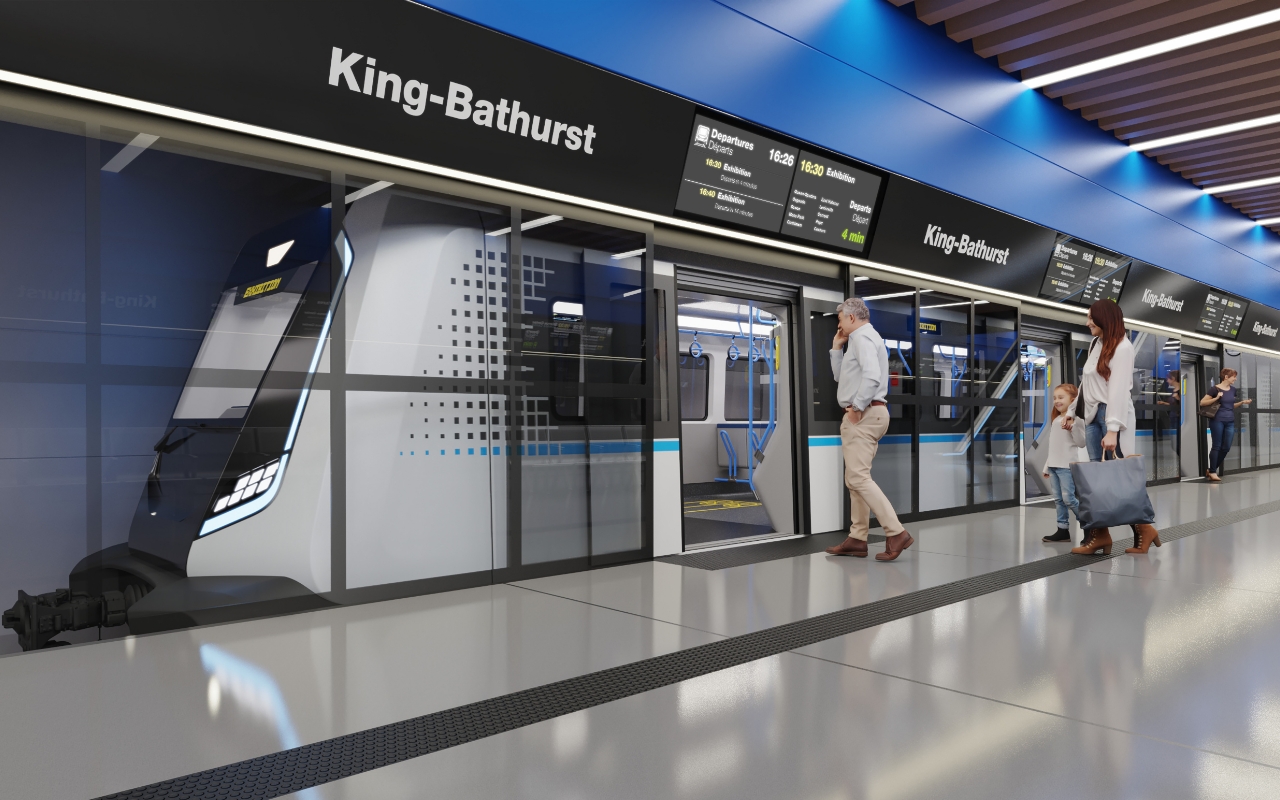
Toronto’s new subway featuring the latest technologies of Japanese companies (CG rendering of completed line)
This is JBIC’s first PF for a railway project since Hitachi’s U.K. rail project in 2014. Market conditions and financing methods have changed considerably since then, so it could be said that this project has no precedent. In addition, railroad projects are complex, ranging from construction to operation, and collaboration with numerous stakeholders is also crucial (see the figure below). Reflecting on the process, FURUYA Toshihiro, Deputy Director of Division 1, Social Infrastructure Finance Department, says, “I believe we were awarded the project thanks to the collective strengths of all the stakeholders, including the sponsors and other lenders.”
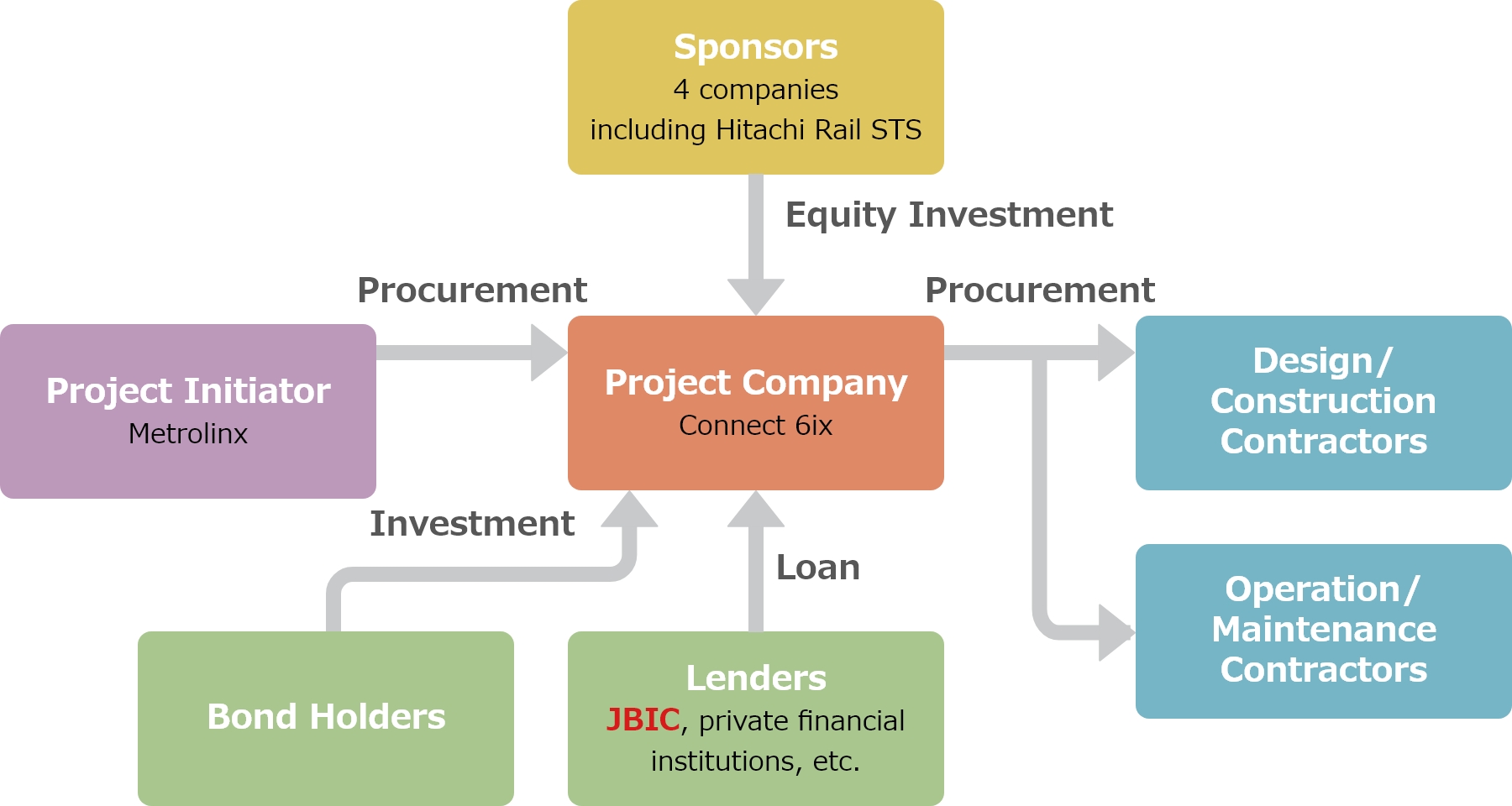
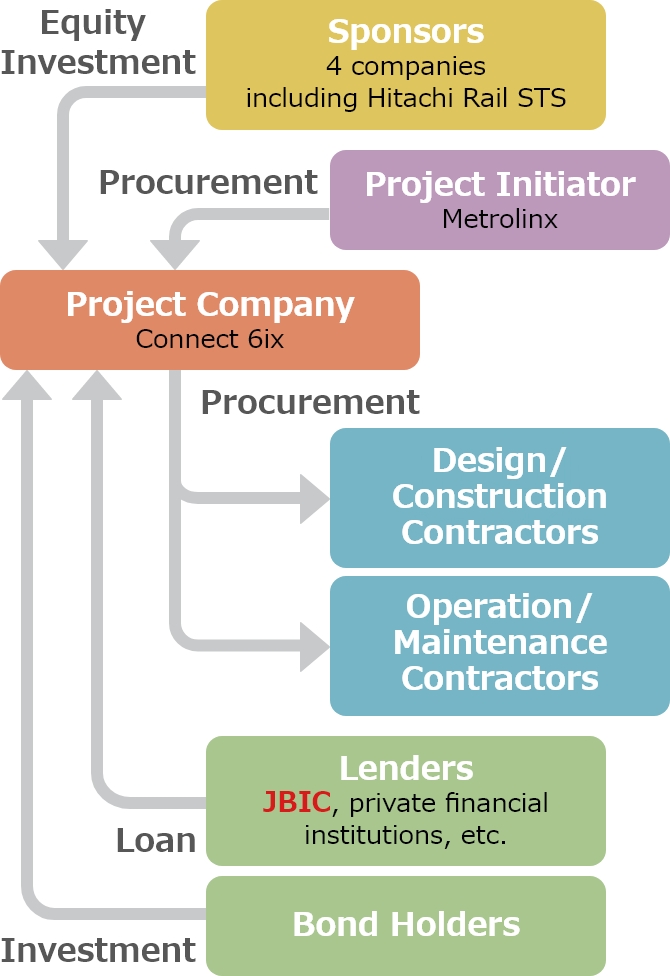
Population growth stemming from factors such as immigration has led to traffic congestion not only in central Toronto, but also on arterial roads connecting the city center and suburbs. According to estimates by the Government of Ontario, this project is expected to reduce traffic by 28,000 vehicles per day and fuel consumption by 7.2 million liters per year, cutting both congestion and greenhouse gas emissions.
“From JBIC’s perspective, this project will leverage advanced technologies to deliver significant environmental benefits, and so we are providing support as part of our operations to preserve the global environment, known as GREEN. We also scrutinized the whole project using our guidelines for confirmation of environmental and social considerations,” says NIWA.
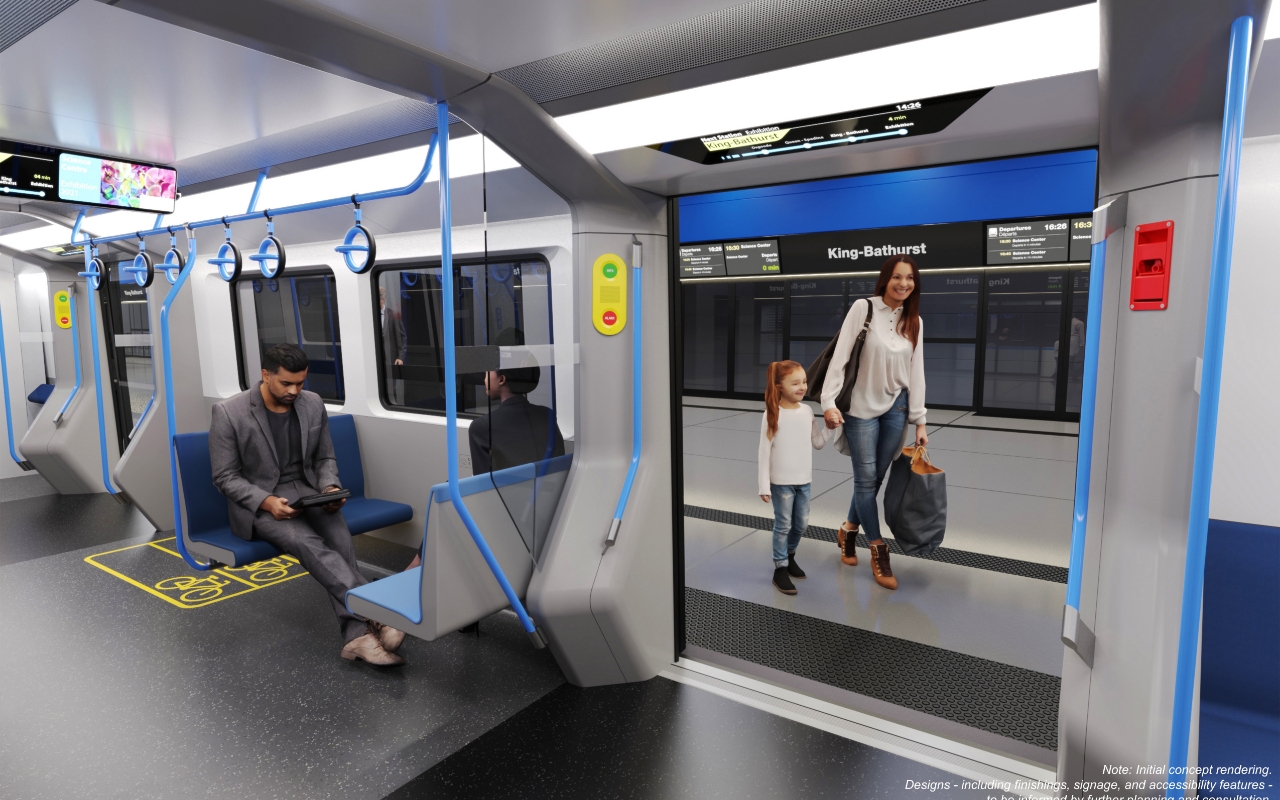
Great expectations are held that the new subway will not only help alleviate traffic congestion, but also contribute to carbon neutrality.
Online discussions during the pandemic led to greater solidarity after meeting face-to-face
The initiator of this public-private partnership (PPP) project is Metrolinx, an agency of the Government of Ontario; the project was awarded to Connect 6ix General Partnership, a Canadian consortium including Hitachi Rail STS S.p.A. of Italy, which is a wholly owned subsidiary of Hitachi, Ltd. Connect 6ix will supply rolling stock and systems for the 15.6-kilometer-long subway line, as well as handle its operation and maintenance for 30 years from completion.
However, the public bidding process for this project started in 2020, the same year as the COVID-19 pandemic, with talks with the project stakeholders beginning in 2021. JBIC was forced to work out the details through online meetings alone, with no face-to-face discussions. According to FURUYA, “Because of the large number of participants, we were holding these meetings with cameras turned off. But I think such circumstances also had a part in enabling more thorough and frank communications among us.”

FURUYA Toshihiro, Deputy Director of the Division 1, Social Infrastructure Finance Department, Infrastructure and Environment Finance Group
In September 2022, after Connect 6ix was selected as the “Preferred Proponent,” the two went to Canada, and were finally able to meet the other stakeholders in person. This was the first time that they were able to match faces to the names of many of the individuals involved in the project. NIWA recalls, “It was also my first business trip. By personally meeting the many stakeholders, I felt that our solidarity for the success of the project was strengthened even more.”
Leading technology and JBIC: spreading Japan’s strengths to the world’s rail networks
This subway project will adopt the Hitachi Group’s world-leading digital train control system—technology that enables advanced transportation services with trains running as frequently as every 90 seconds. The project is also in the limelight for being in line with the Japanese government’s “Core Japan” initiative, which promotes the use of leading Japanese technology to contribute to global decarbonization.
Participation in highly public railway infrastructure projects is not easy even for Japanese companies with their advanced technologies, unless they are comprehensively appraised for other merits including their experience, track record, financial strength, and reliability. It is also a fact that Japanese companies do not have a particularly large share of the global railway market. On the other hand, reflecting the shift toward decarbonization, railways are becoming valued again for their high environmental performance. Expectations are rising for the Japanese railway industry, with its advanced technological capabilities, to further expand business overseas.
According to FURUYA, “There is fierce competition among lenders for infrastructure projects in developed countries. Through this project, we were able to raise JBIC’s profile and let the world know of our position as a Japanese policy-based financial institution. That is a very promising development for the future.” NIWA also says firmly, “We want to also raise Japan’s presence in the railway industry in countries that are projected to develop.” In order to deliver Japan’s strengths to the world’s railway networks, these young leaders are now moving on to their next challenge.

Including SHIMMEI Shiori, who provided clerical support such as system registration, the three worked as a team on the project. FURUYA’s commitment to giving young staff members more responsibility in work was evident here.


In November 2022, a loan agreement was signed for a maximum of CAD 450 million (JBIC portion) with an affiliate of Hitachi, Ltd. for a subway project in Toronto, Canada. This loan is co-financed, bringing the total amount to CAD 1.1 billion.







